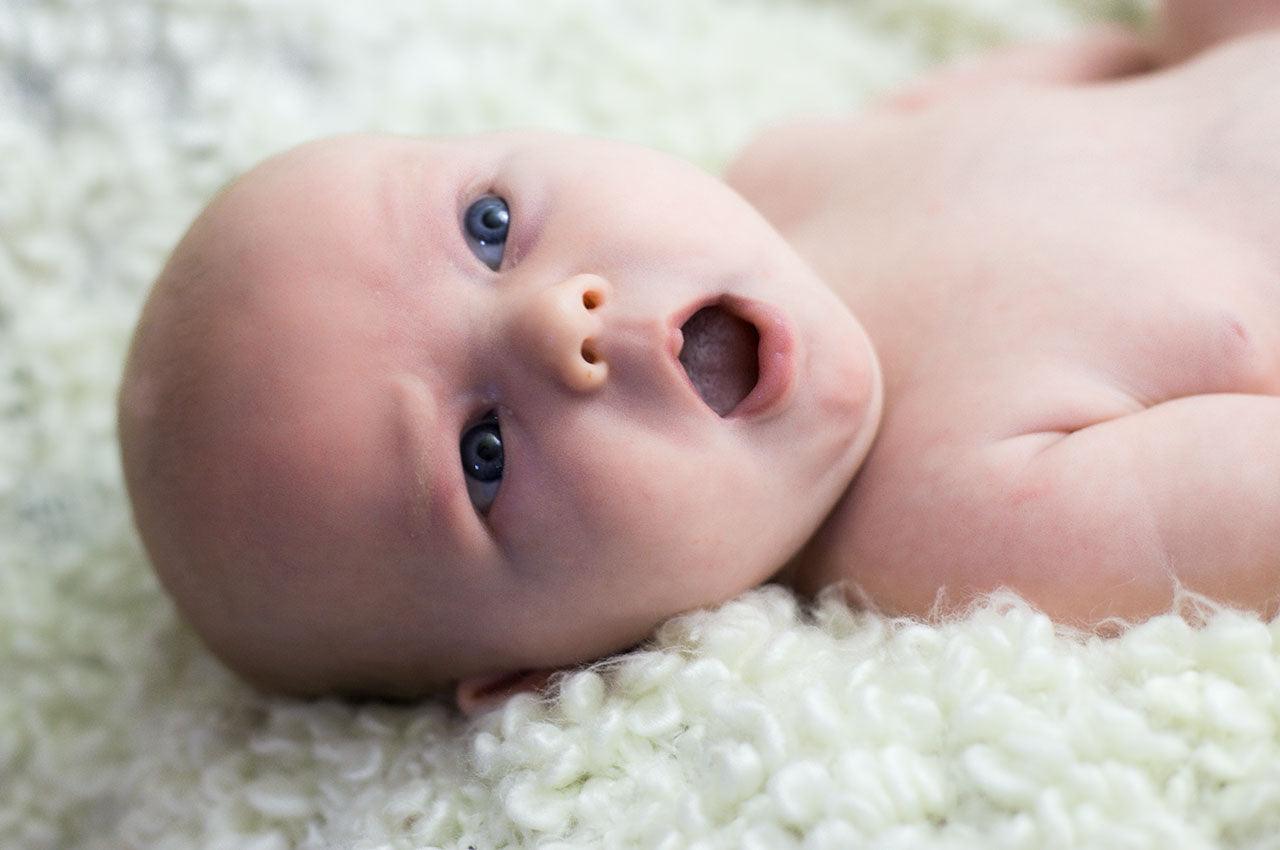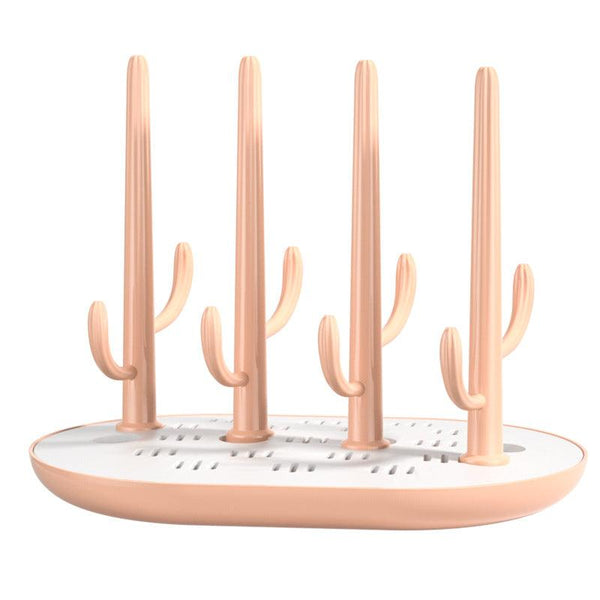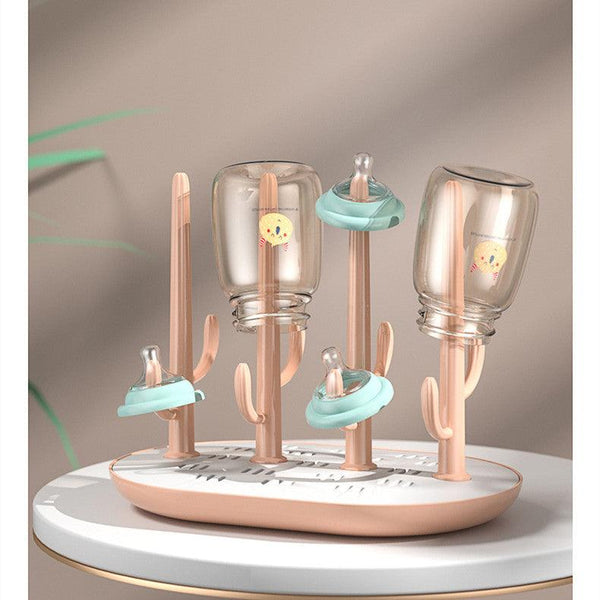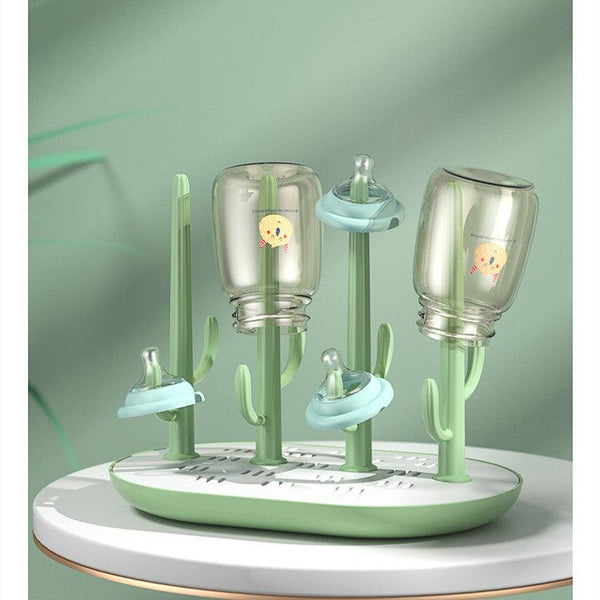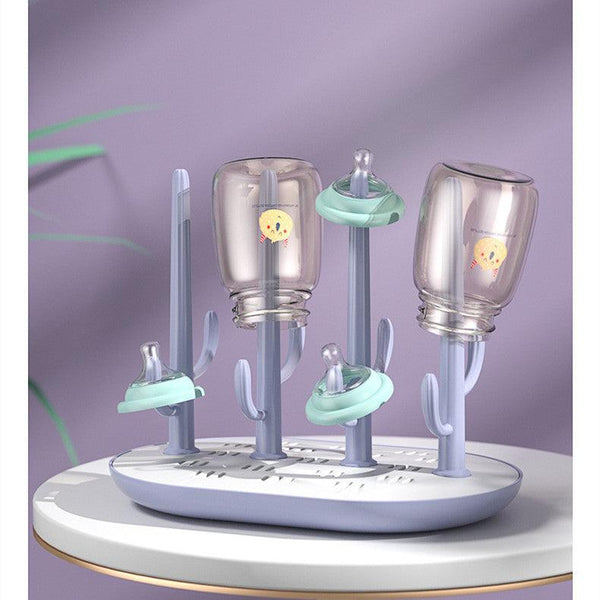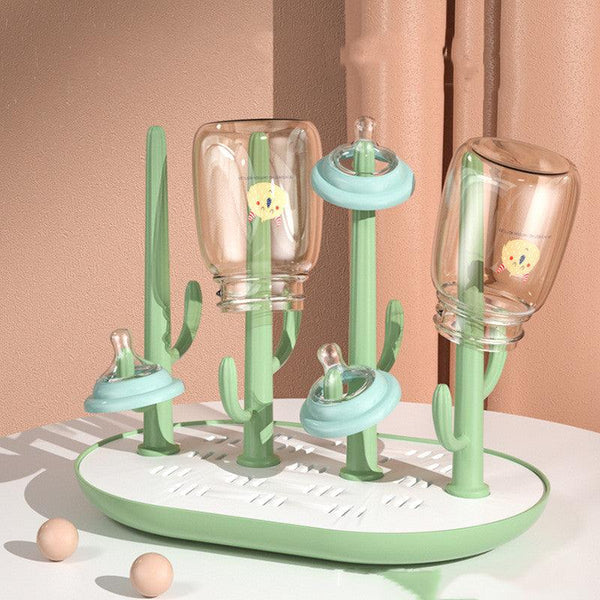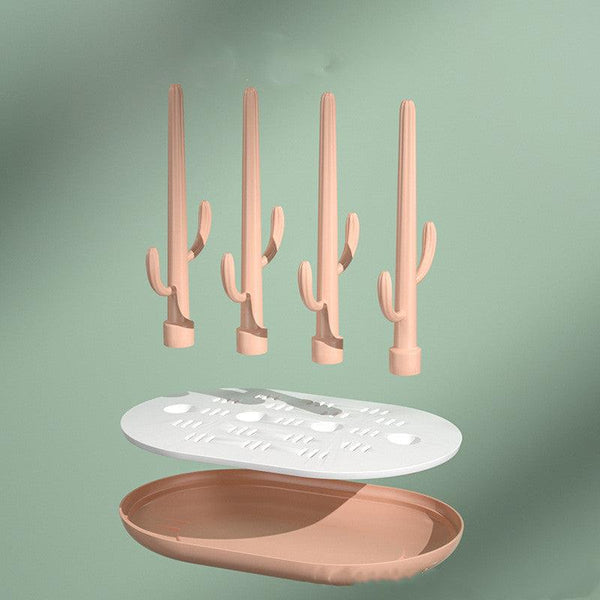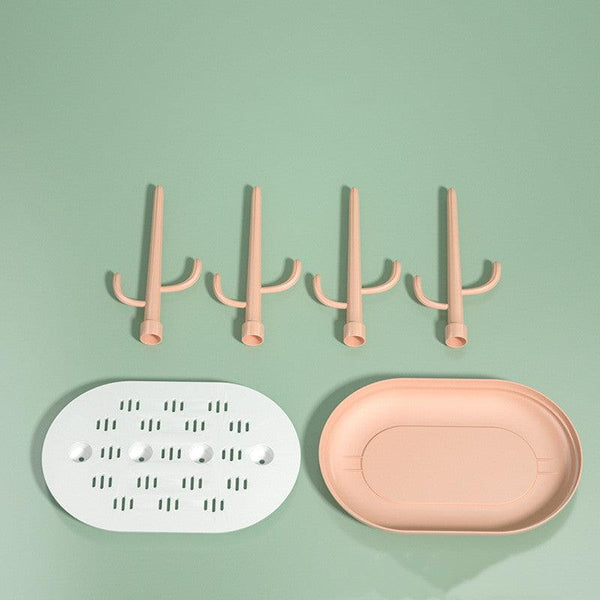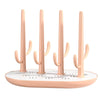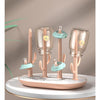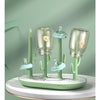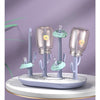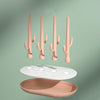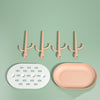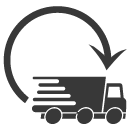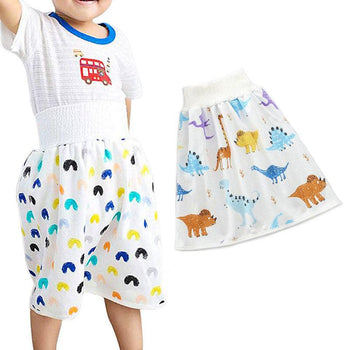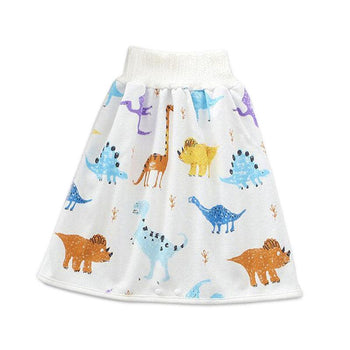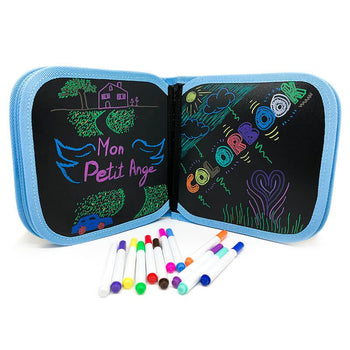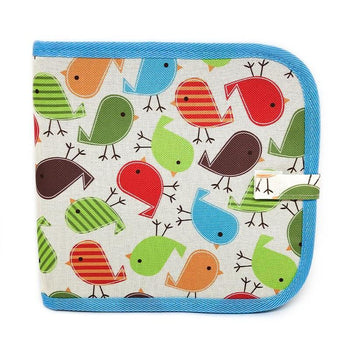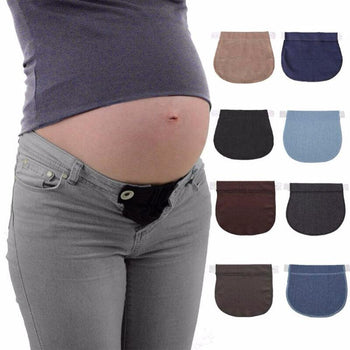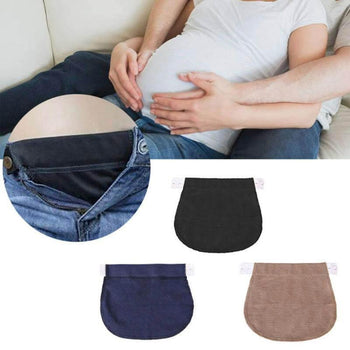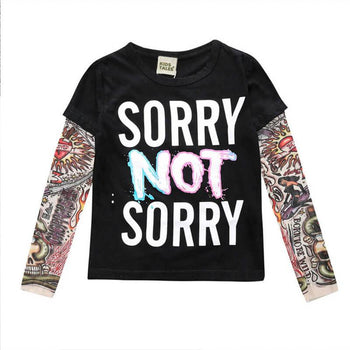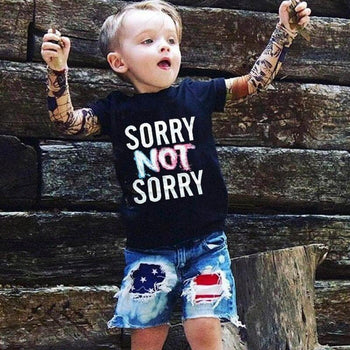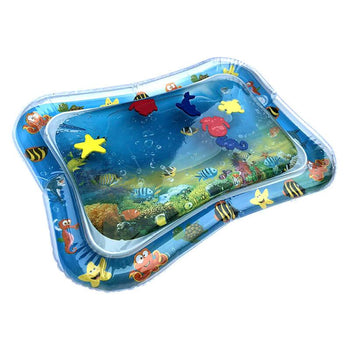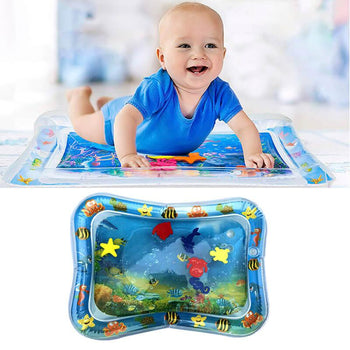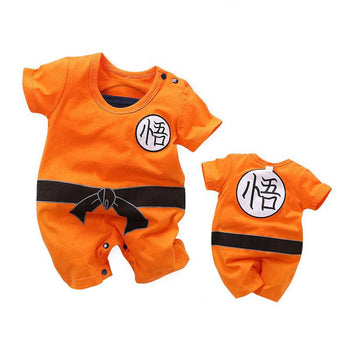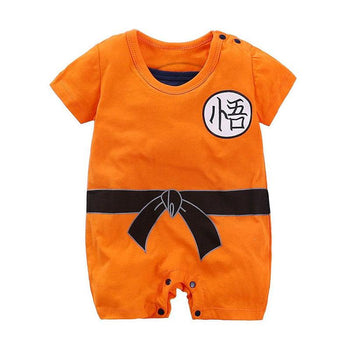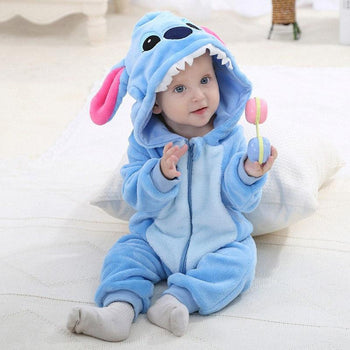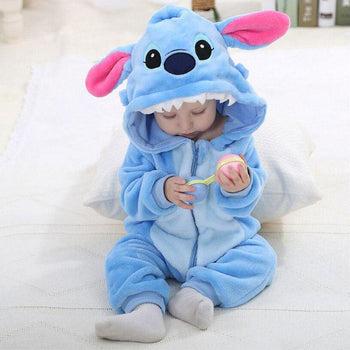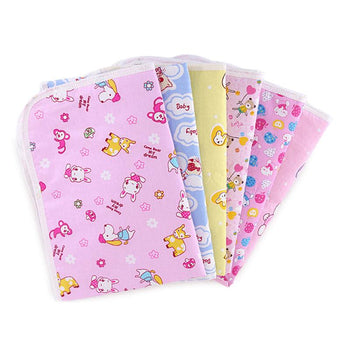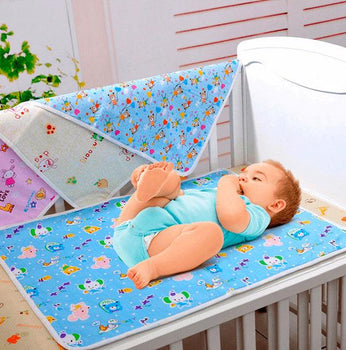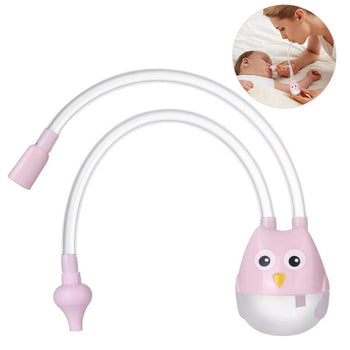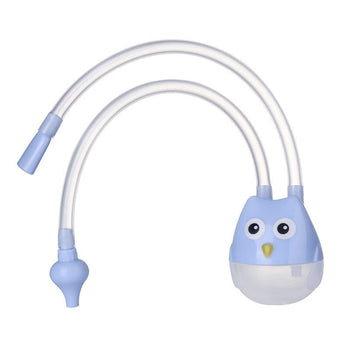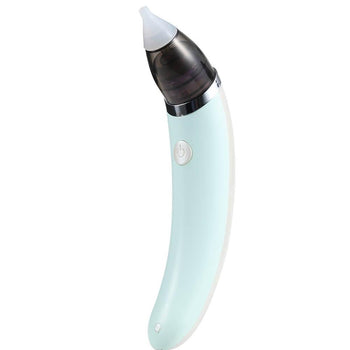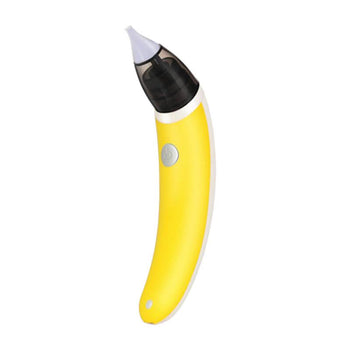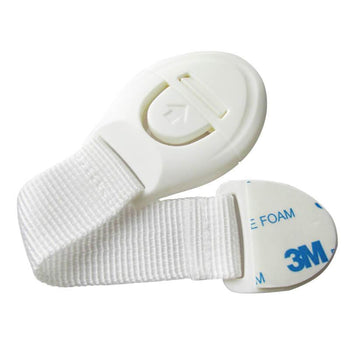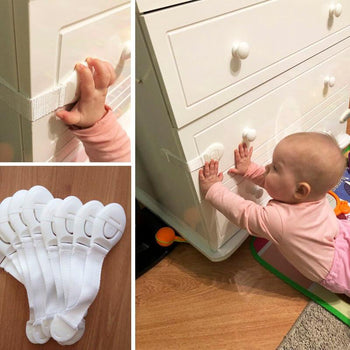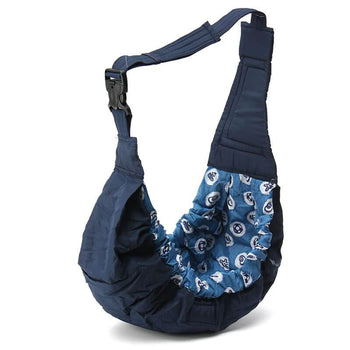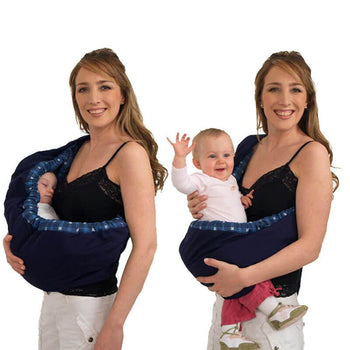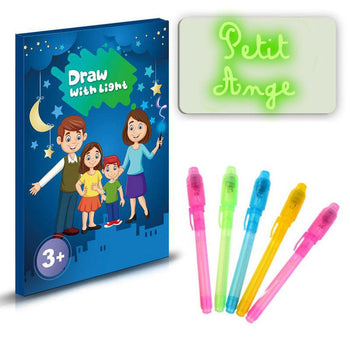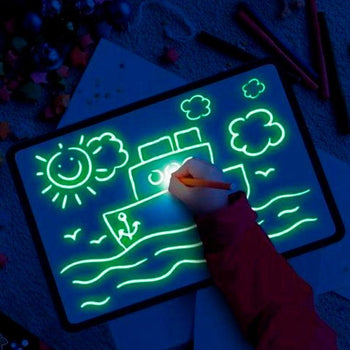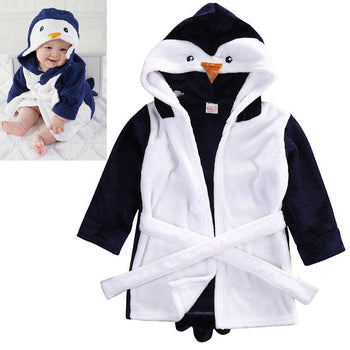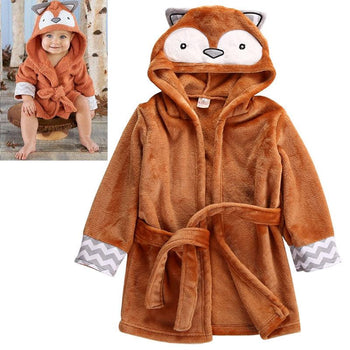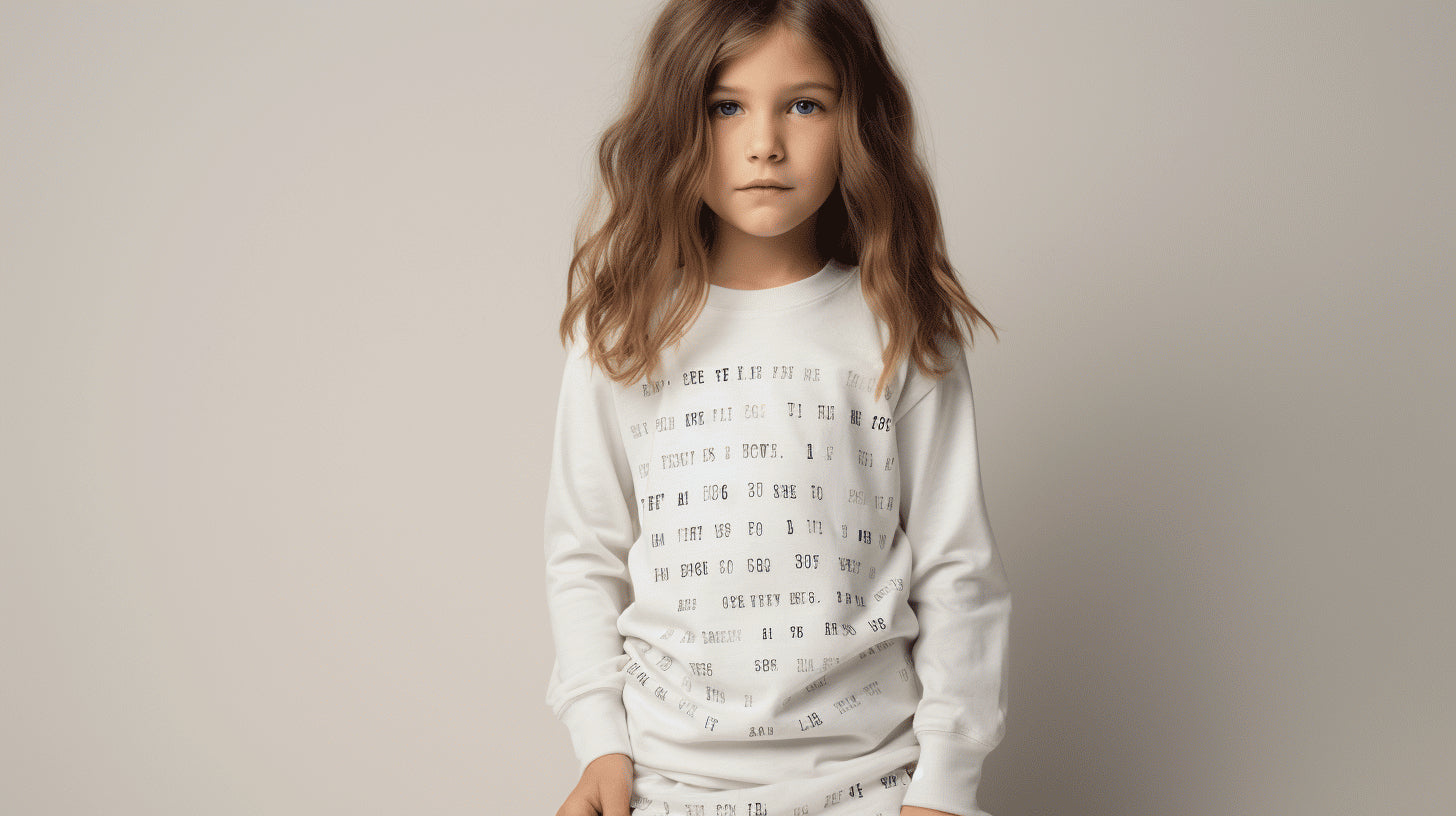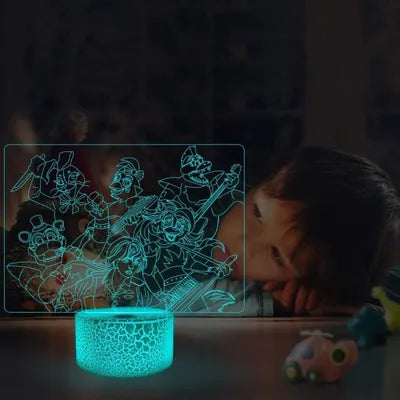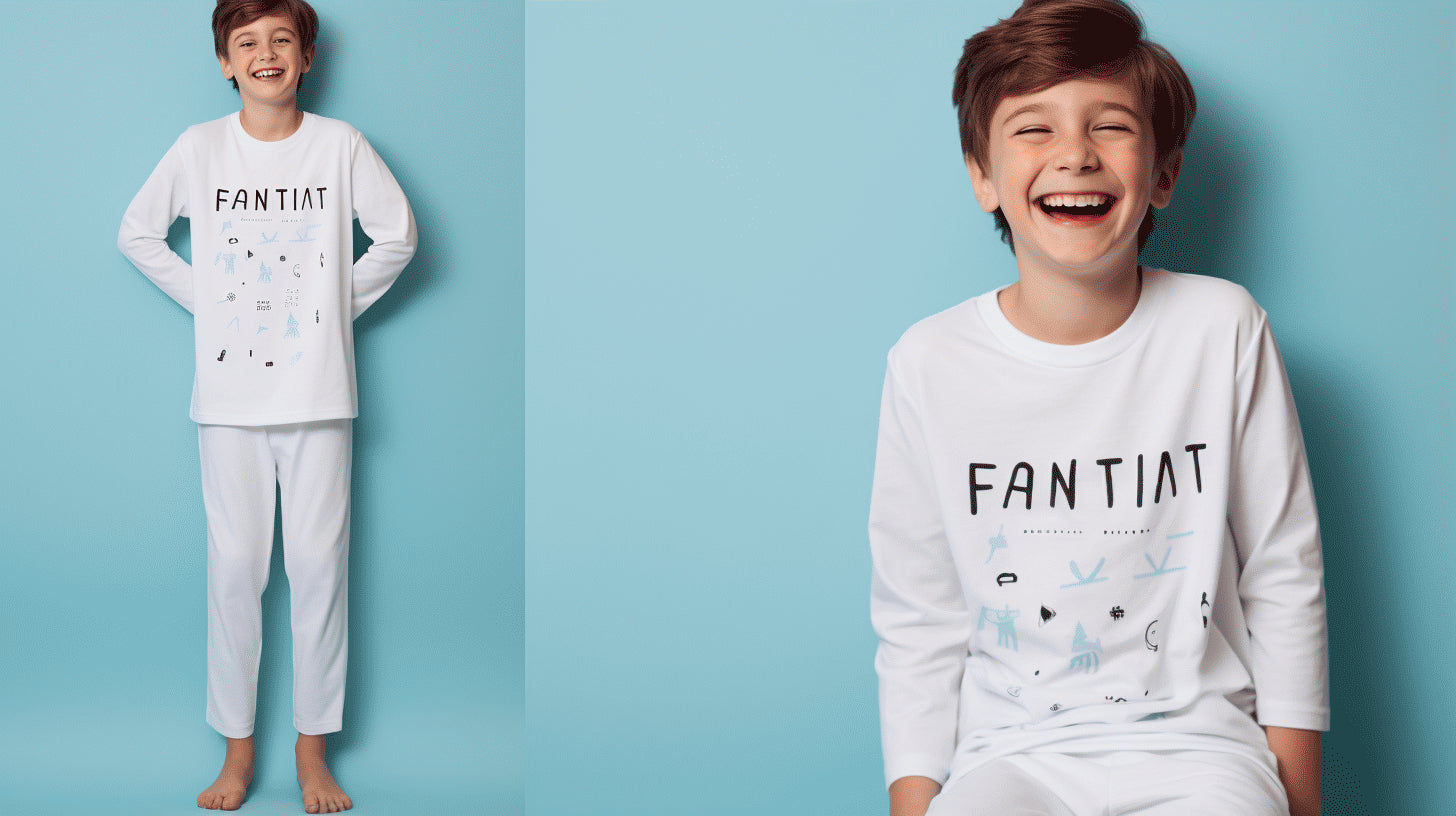When my daughter was a newborn, I often thought I was losing my mind. In fact, I started talking constantly. These conversations were always one-sided and the topics were far from intellectual: "Do you have a stinky diaper, miss? Yes, you do! And then there was the way I said it: the high-pitched baby talk and the way I spoke to myself in the third person What was I doing?
What I was doing, I learned later, was helping my baby expand her vocabulary and learn the skills she would need to join me in conversation. That's partly why now, at 3, she tells me stories about her day in addition to speaking using sentences.
How to help baby talk?
Filling your daily life with language is the best way to encourage speech development in your child . Before he can even converse with you, talk about the people and objects that caught his attention. When he's babbling, respond as if you're having a conversation.
When your baby starts using his first words, usually before his first birthday, you may not immediately understand what he is trying to say. Repetition helped Éloïse, the daughter of a friend, who is now 2 years old: "She said 'he-si', then she made her repeat what she was saying, and she said it better 'thank you'" explains my friend.
It is recommended to expand on what your child is saying to keep the conversation going. For example, if she says "bottle," you might respond, "Oh, you want the bottle with the milk that's on the counter."
Reading stories to your baby will also boost language development , even if he can't understand a word. Babies hear the rhythm of language, and they love the sound of your voice, so they get comfort and attention. In fact, one study showed that babies who are read to have better language comprehension , more expressive vocabulary, and higher cognitive outcomes at age 2 than those who are not read to.
Baby's first words and at what age?
With their first words, babies attempt to satisfy a need. That's why "doudou", "papa" and, of course, "Mom" are among the first to be pronounced. First words are also used to label objects such as "ien" for dog or "ive" for book, to be social with an "au voi" for goodbye, and to express displeasure with a "non" a little too much. quickly learned that one and well pronounced for once.
At this stage, there is a discrepancy between the number of words a child understands and the number they can pronounce. By the time they say their first word, they can understand 25. By the time they are one and a half, they understand 50 words but only use 8 to 10.At the age of 2, children combine action and subject to create very short sentences such as "want some juice" or "pee". But parents will still have to do some deciphering.
At 3 years old, children must use combinations of several words . At this point, however, words like "the" and pronouns are not yet part of his vocabulary. For example, your child might say "baby sitting car" instead of "I'm sitting in the car." At this age, children also learn the difference between contrasting words like "big" and "little" and begin to add adjectives when describing a "big" ball or a "blue" shirt.
Understanding Grammar - Baby's Learning Continues
Besides sentence construction, grammar is another pillar of language development . At some point, between the ages of 2 and 5, children add prepositions and conjunctions such as "on" and "that" to their sentences. They will master the tricky rules of pronouns and differentiate between past and future tenses. It is by making mistakes that children hone these skills.
Don't be surprised to see your child's vocabulary grow exponentially in the early years. This is because his growing brain is biologically programmed to absorb new information.
Between the ages of 2 and 3, a word does not need to be repeated often before children begin to use it in their own speech. It's a process called "fast mapping" . In contrast, imagine how long it would take as an adult to learn new words in a foreign language.
Speed mapping has its downsides, especially if the process helps your child learn a word they heard you yell when you banged your head against a closet door. I let you guess these words. Try not to react or maintain proper language.
At what age does a baby speak? Identifying a delay in language learning
When it comes to language development , there can be big differences between each child. While a 3-year-old tells detailed stories about their day, another may still only use simple three-word sentences.
Another way to judge your child's progress is how well other people can follow what he's saying. Parents often understand much of what their children are trying to say, but it can seem like gibberish to outsiders .
As a rule of thumb, strangers should be able to understand half of what the child is trying to say by age 2, three quarters by age 3, and by age 4, there should be no confusion, the speech should be clear enough.
As long as your child's language development is progressing and they are meeting age-related goals, there is usually nothing to worry about. But if he's not achieving the typical goals for his age, or if you suspect he's lagging for some other reason, talk to your pediatrician.
From his first cry, your baby longs to communicate . Of course, he wants you to know that he would like to have a dry butt and a full stomach. But what he wants above all else is a stronger bond with you, something you'll feel every time you hear a softly cooed "Mom" or an "I love you" that will make your heart melt. heart. Appreciate these kinds of interactions and congratulate yourself on helping your baby learn to express himself.
Language learning and development - The stages
I detail a little more in this article , the stages and the development of the language, but here is a summary of the stages:
From birth to 3 months
- Makes fun sounds, like cooing
- smiles when he sees you
- Calms down when spoken to and recognizes parents' voices
4 to 6 months
- Makes chattering noises similar to speech, with lots of "p", "b" and "m" sounds.
- Has many different sounds for excitement and displeasure
- Makes gurgling noises while playing
7 months to 1 year
- On his first birthday, has one or two words ("Mom", "Dad", "doudou")
- Recognizes words for familiar objects such as book, cup and juice
- Respond to requests such as "Come here" or "Do you want more?"
1 to 2 years
- Say more words each month
- Use slightly longer sentences such as "What is this?" and "I want juice".
- Follows simple commands ("Roll the ball") and answers simple questions ("Where's your doll?")
2 to 3 years
- Has a word for almost everything
- Use two or three words to ask questions and talk about things
- Understands the differences between "big" and "small", "high" and "low", etc.
More communication modes to help baby talk well
Sign language is an effective way to help babies as young as 6 months old learn to communicate. Sign language is great for bridging the communication gap with spoken words from the things they think but can't say.
Here are some tips for teaching your baby to sign:
- Wait until your baby is able to sit up on their own to start.
- Be consistent . You can use French sign language, create your own signs, or use signs created by your baby.
- Use the sign before or during the activity. Repetition is the key.
- Be patient. Signs introduced between 6 and 9 months may not be imitated until 7 to 12 months.
- Don't be afraid that the signs will delay oral communication. In fact, studies show that waving helps build vocabulary and encourages language development. It also helps limit temper tantrums that result from failed communication attempts.
Reading to teach your baby to speak - An effective method for developing language
Give your 6-month-old a logbook, and he'll be more likely to gnaw at the pages than look at them. And reading to a newborn , he won't understand, so is it worth the time?
The answer is yes.
Reading to your child, even if he doesn't seem fascinated by the story, at least not yet, improves his listening skills , attention span, and memory. It also helps children understand the meaning of words and learn uncommon words.
Compared to ordinary discussions between a child and a parent, children's books contain three times as many rare words. In fact, by age 4, children who are read to are exposed to 32 million more words than children who have not been exposed to books.
Do you want your baby to sleep through the night?
In this free guide , you'll discover 5 things you absolutely need to know.
With a unique approach and practical tools for success, this guide will help you and your baby sleep better through the night.


